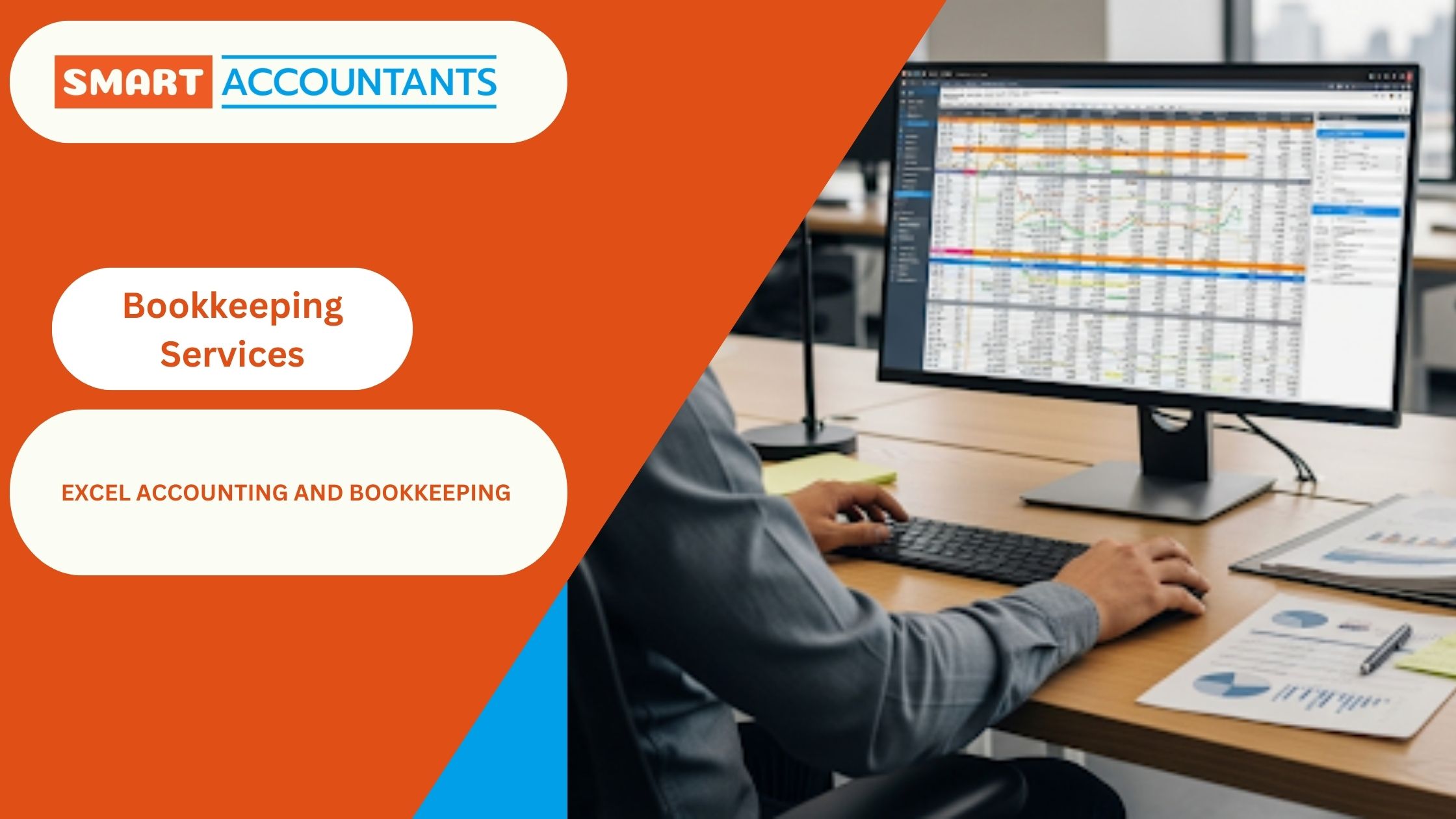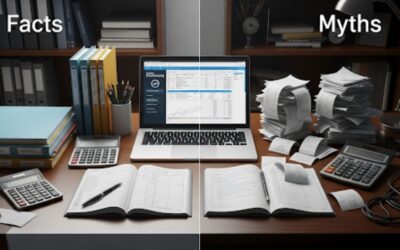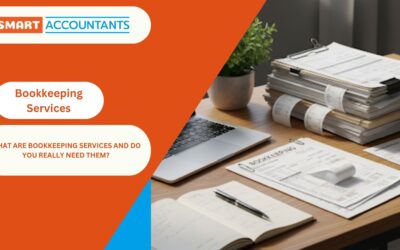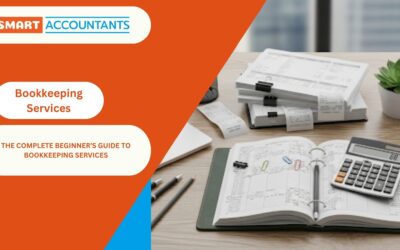Managing business finances can feel overwhelming without the right system. Many small business owners turn to Excel accounting and bookkeeping as a first step before investing in specialized software. It’s flexible, affordable, and easy to customize. In this guide, you’ll not only get a free template but also answers to the most common questions about using Excel for bookkeeping services.
What Is Excel Accounting and Bookkeeping?
Excel accounting and bookkeeping refers to using spreadsheets to track income, expenses, assets, and liabilities. Instead of pen-and-paper ledgers, Excel provides digital tables and formulas that can automate calculations. While it doesn’t replace full accounting software, it gives small businesses a practical way to stay organized and monitor cash flow.
Think of Excel as a digital ledger book. You can build custom sheets for transactions, design income statements, and even run projections. It’s especially popular with startups, freelancers, and family businesses looking for simple bookkeeping services without upfront software costs.
How Do Excel Bookkeeping Templates Work?
An Excel bookkeeping template is a pre-designed spreadsheet with built-in formulas and categories. Most templates include three main sheets:
- Chart of Accounts – A list of categories like sales, rent, utilities, and payroll.
- Transactions – Where you record each expense or income entry with date, description, and category.
- Income Statement – A summary that pulls data from the transaction sheet to calculate profit and loss.
This setup allows you to enter data once and see the results update automatically across the workbook.
Why Do Small Businesses Still Use Excel for Bookkeeping Services?
Despite the rise of cloud accounting platforms, Excel remains popular. Here’s why:
- Cost-effective: No subscription fees.
- Customizable: Every sheet can be tailored to your business.
- Familiarity: Most people already know the basics of Excel.
- Offline use: No internet required to update your records.
For small business owners just starting out, Excel can deliver reliable bookkeeping services at virtually no cost.
What’s the Difference Between Single-Entry and Double-Entry in Excel?
- Single-entry bookkeeping: Each transaction is recorded once. Example: “Office Supplies – $200.”
- Double-entry bookkeeping: Each transaction is recorded twice, as both a debit and a credit. Example: “Office Supplies Expense – $200 debit, Bank – $200 credit.”
Single-entry is simpler but less accurate for complex businesses. Double-entry ensures your books balance and is preferred by accountants. With Excel, both systems can be set up using formulas and linked sheets.
Can I Manage My Business Finances with Excel Alone?
Yes, but with limitations. Excel can handle daily bookkeeping services like tracking sales, expenses, and generating simple reports. However, it lacks advanced features such as automated bank feeds, error detection, or integrated tax calculations.
For micro-businesses, Excel may be enough. For growing businesses, it’s usually a temporary solution before switching to accounting software or outsourcing bookkeeping services.
How Do I Set Up an Excel Bookkeeping Template?
Here’s a step-by-step process:
- Create a chart of accounts sheets with income and expense categories.
- Build a transaction log sheet with columns for date, description, category, amount, and payment method.
- Add formulas to calculate totals per category.
- Link the transaction sheet to a summary report or income statement.
- Test with sample data before using it for real transactions.
Our included template covers these steps so you can get started quickly.
What Features Should a Good Excel Bookkeeping Template Include?
A well-built Excel bookkeeping template should have:
- Income and expense tracking
- Automated totals and summaries
- Drop-down menus for categories
- Monthly profit and loss calculation
- Space for notes and invoice numbers
These features reduce manual work and lower the risk of errors.
Are Free Excel Bookkeeping Templates Reliable?
Yes, but with caution. Free templates provide a strong starting point, but they may not include advanced features like data validation, reconciliations, or error checks. Businesses should review templates carefully or customize them to suit their needs. Professional bookkeeping services can help adapt Excel templates for industry-specific requirements.
What Are the Limitations of Excel for Bookkeeping Services?
While Excel is powerful, it has weaknesses:
- Manual data entry increases the risk of mistakes.
- Large transaction volumes slow down spreadsheets.
- Limited collaboration if multiple people need access.
- No automatic bank feeds or AI-driven reconciliation.
These drawbacks explain why many businesses eventually switch to professional bookkeeping services or accounting software.
How Do Excel Templates Compare to Bookkeeping Software?
| Feature | Excel Template | Accounting Software |
| Cost | Free or one-time | Monthly subscription |
| Ease of Setup | Basic knowledge | Guided setup |
| Automation | Manual formulas | Automated feeds |
| Error Detection | Minimal | Built-in checks |
| Scalability | Limited | High |
| Collaboration | File sharing only | Cloud multi-user |
Excel wins for cost and flexibility, but software wins for automation and scalability.
When Should a Business Move Beyond Excel?
Here are common signs:
- More than 100 transactions per month
- Multiple bank accounts or credit cards
- Need for real-time financial dashboards
- Preparing for audits or outside investment
At this stage, businesses benefit more from cloud software or outsourced bookkeeping services.
How Do Bookkeeping Services Enhance Excel-Based Systems?
Professional bookkeepers can:
- Clean up existing Excel sheets
- Add double-entry tracking
- Build custom reports
- Ensure compliance with tax laws
- Transition records from Excel to software when needed
This hybrid approach allows small businesses to start with Excel and scale smoothly.
Can Excel Bookkeeping Be Automated?
Yes, to a degree. Features like formulas, pivot tables, and macros can automate calculations and reporting. You can also import bank CSV files instead of entering transactions manually. However, true automation like AI categorization or automatic reconciliation—requires specialized software.
How Do I Keep My Excel Bookkeeping Template Secure?
- Use strong passwords to protect files.
- Store backups in cloud services like OneDrive or Google Drive.
- Restrict editing access if sharing with staff.
- Regularly update your workbook to prevent data loss.
Security is critical since bookkeeping records contain sensitive financial information.
What Are the Most Common Mistakes in Excel Bookkeeping?
- Forgetting to enter transactions.
- Misclassifying expenses.
- Overwriting formulas by accident.
- Failing to reconcile with bank statements.
- Not backing up data.
These errors can lead to inaccurate financial reports and higher tax risks.
Can Excel Templates Handle Payroll and Invoicing?
Yes, but only manually. You can create separate sheets for payroll and invoicing, but it requires extra work. Software or outsourced bookkeeping services provide more robust solutions with automated tracking and compliance features.
How Do Accountants Use Excel in Bookkeeping Services?
Even professional accountants use Excel alongside software. Common uses include:
- Custom reporting not available in software
- Financial modeling and forecasting
- Data analysis with pivot tables
- Quick reconciliations for small accounts
Excel remains a versatile tool in professional bookkeeping services.
Why Choose Smart Accountants for Bookkeeping Services with Excel?
At Smart Accountants, we understand that many small businesses start with Excel. Our team offers:
- Customized Excel templates for your industry
- Ongoing support to maintain accurate records
- Guidance on when to upgrade to software
- Affordable bookkeeping services that grow with your business
Whether you want to master Excel or move beyond it, Smart Accountants provides expertise at every stage.
FAQs
Is Excel bookkeeping enough for tax filing?
For very small businesses, yes. But for complex filings, professional bookkeeping services ensure compliance.
Can Excel replace accounting software?
Not entirely. Excel is powerful, but lacks automation and scalability.
What’s the easiest way to create a bookkeeping template in Excel?
Start with a chart of accounts, add a transaction sheet, and link totals to a summary report or use our free template.
How do I import bank data into Excel for bookkeeping?
Most banks allow CSV exports. You can copy this data into your transaction sheet.
Are Excel bookkeeping templates free or paid?
Both exist. Free templates work well for beginners, but paid or customized versions are more reliable.
Final Thoughts
Excel accounting and bookkeeping is a practical way to start managing business finances. With the right template, you can track income, expenses, and profit without expensive software. But as your business grows, professional support makes a big difference.
Smart Accountants bridge the gap, helping you start strong with Excel, avoid costly mistakes, and transition to advanced bookkeeping services when the time is right.






